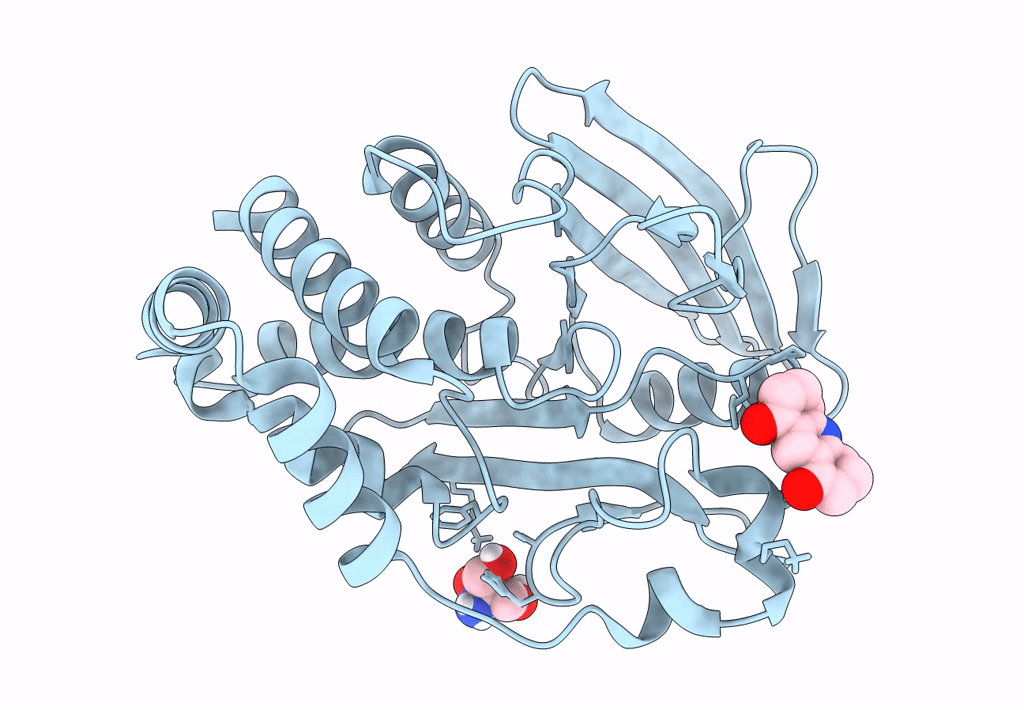
Deposition Date
2022-10-19
Release Date
2022-11-23
Last Version Date
2024-05-22
Entry Detail
PDB ID:
7FQT
Keywords:
Title:
PanDDA analysis group deposition -- Crystal structure of PTP1B in complex with FMOMB000293a
Biological Source:
Source Organism:
Homo sapiens (Taxon ID: 9606)
Host Organism:
Method Details:
Experimental Method:
Resolution:
2.54 Å
R-Value Free:
0.23
R-Value Work:
0.17
R-Value Observed:
0.17
Space Group:
P 31 2 1


